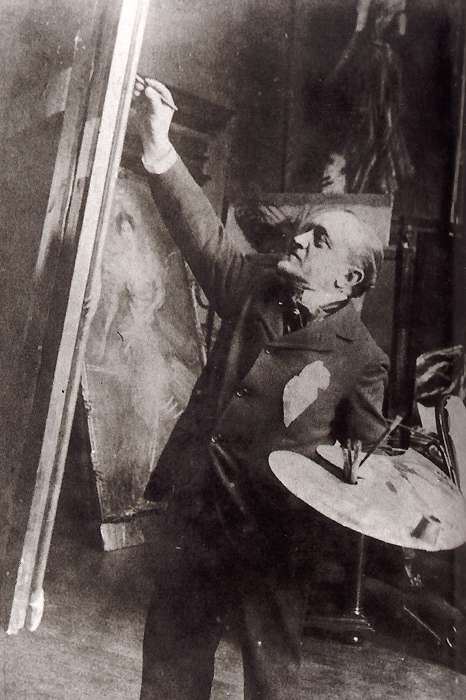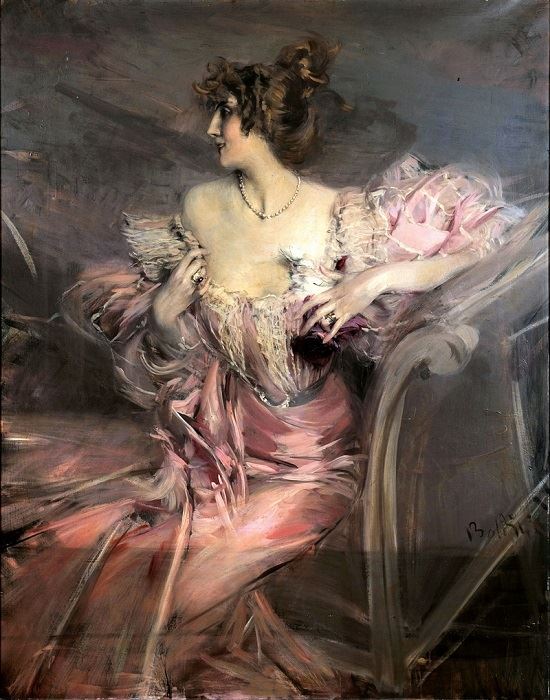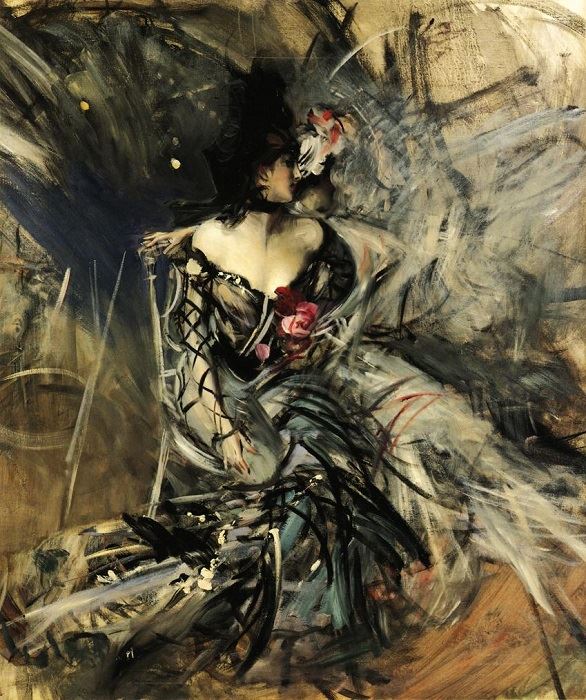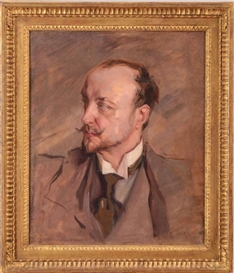Giovanni Boldini's Hauntingly Beautiful Portraits
Giovanni Boldini’s part figurative, part abstract portraits were unusual for his time, but their vividness and intensity radiate with timelessness
Benjamin Blake Evemy / MutualArt
Oct 13, 2023
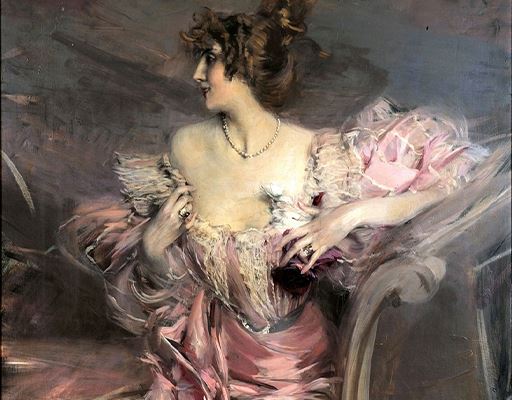
Giovanni Boldini was one of Paris’ most fashionable portrait painters during the late 19th to early 20th century. To have one’s likeness painted by the Italian was an event that induced envy in all that were not so fortunate. And while Boldini – “Zanin” to those he was close to – enjoyed all the fineries that high society provided him, whether it be an exceptional vintage, bonne nourriture, or a plethora of potential mistresses, the artist’s work profoundly transcends that of the usual portrait painter of the period and resonates powerfully on a purely artistic level. Boldini’s subjects possess a beauty that is full of grace, seemingly radiating from the canvas. But there is also something unmistakably ghostlike about the pale faces that stare out beyond the perimeters of the canvas, and the artist’s execution is oftentimes abstract and otherworldly. Delicate swirls move eerily around the subjects like mist, backgrounds explode into surreal shards of colour and light, an effect that makes Boldini’s work both classic and modern, morphing into a timelessness that make his portraits of high society something else entirely.
Giovanni Boldini, Reclining Nude, 1930, oil on canvas, private collection
Giovanni Boldini was born on December 31, 1842, in the comune of Ferrara, in the Emilia-Romagna region of Northern Italy. Son of a painter and brother of an architect, art was in the Boldini blood. Around the age of twenty, Giovanni left Ferrara for Florence to pursue painting as a career. He studied at the Academy of Fine Arts, but often did not bother to show for classes. However, it was here that he met the Macchiaioli, the Italian precursor to the Impressionists. Rejecting conventional teachings, the Macchiaioli painted primarily outdoors, capturing natural light, colour, and shade. Although the influence from this group is evident in some of Boldini’s early landscape paintings, it is highly likely that that the Macchiaioli’s non-conventional approach made a lasting impact on Boldini, resulting in his portraits being of such a unique nature.
Giovanni Boldini, Arm with Vase of Flowers, c.1910, oil on canvas, Museo Boldini, Ferrara
After six years in Florence, Boldini relocated to London, where he achieved success as a portrait artist. Although this was not quite on the same prolific scale as what the artist was to enjoy later in the city of light – where he would produce most of his work – he was catering to the same clientele, and it was his time in the nation’s capital that firmly set him in his artistic niche. Boldini crossed the Channel in 1872, and settled in Paris – the city he would spend the rest of his life in. In 1889 he was appointed as the commissioner of the Italian section of the Paris Exposition, subsequently receiving the Légion d'honneur for the position. With a popularity that had slowly grown since he settled in Paris, Boldini entered what would be known as his “Grand Period” as the century rolled into the next.
Giovanni Boldini in his atelier, c.1925. Photograph by Alice Guérin, wife, model, and muse of painter Paul César Helleu.
In 1929, at the ripe age of eighty-six, Boldini married. During a small speech that he made at his wedding breakfast, he remarked that “It is not my fault if I am so old, it's something which has happened to me all at once.” He died two years later on the January 11, 1931. His body was shipped back to his native comune of Ferrara for burial. Even though shortly before his death he was still enjoying flutes of champagne and the joys that come with being a newlywed, many accounts of the artist’s life state that he had stopped painting in the years preceding it. But pieces exist that are dated from this period. Perhaps Boldini had simply stepped out of the public eye in regard to his art, but still continued to paint, perhaps the aforementioned pieces are simply misdated. The artist was certainly continuing to put brush to canvas around 1925, as a photograph dated from that period exists of him at work in his studio.
Giovanni Boldini, Portrait of Marthe de Florian, oil on canvas, private collection
Following his death, Boldini’s work continued to be exhibited, which is certainly not an uncommon occurrence for established painters. But a resurgence of interest in his art came in an unexpected manner in the 21st century. In 2010, Mrs De Florian, an elderly French woman, died. As a part of the ensuing sorting of her affairs, an apartment she owned in Paris was valued – an apartment that had laid uninhabited since the outbreak of the Second World War. Fearing the German invasion of Northern France, De Florian had fled the tastefully decorated Parisian apartment for the hopeful safety of the south. Upon inspecting the apartment, the valuers who had been brought in discovered it to be full of dust-coated antique furniture and a plethora of paintings. One painting in particular caught the eye of the valuers: a portrait depicting a lady in a pink dress. The painting turned out to be a Boldini. This authentication was enabled by the discovery of a piece of accompanying correspondence – a love-letter written by the artist himself. Mrs De Florian’s grandmother, Marthe de Florian, had been a prominent socialite and actress in the late 1800s, and she had also been a muse of Boldini. The piece subsequently sold for £1.8 million at auction, which was the highest a work of the artist had sold for.
Giovanni Boldini, Spanish Dancer at the Moulin Rouge, c.1905, oil on canvas, private collection
What seems to be completely overlooked in many of Boldini’s portraits, is their darkly visceral quality. Often known as the “Master of Swish,” the sobriquet does not quite aptly reflect the artist’s style. There is something inherently benign about the term, and although likely intending to, it is something that does not speak of the fervency and bedlam often found within Boldini’s brushstrokes that scream a violent passion from the confines of the canvas. This is especially true for pieces such as the chillingly gorgeous Spanish Dancer at the Moulin Rouge, or 1930’s sensual yet stygian Reclining Nude. The more one studies paintings such as the aforementioned, the more obvious their intensity becomes. Limbs morph into spirit-like forms, moving unnaturally, contorting into bizarre positions. Backgrounds seethe and stutter into abstract worlds. They serve as portraits not of the physical, but of a shattered psyche, and remain much the richer as a subsequence.
For more on auctions, exhibitions, and current trends, visit our Magazine Page


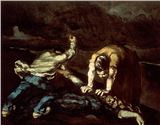
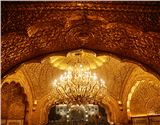


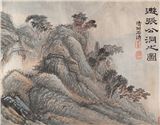
.Jpeg)
.Jpeg)
